Top 10 Countries With Lowest Fertility Rate (1960 - 2018)
Description
The total fertility rate in a specific year is defined as the total number of children that would be born to each woman if she were to live to the end of her child-bearing years and give birth to children in alignment with the prevailing age-specific fertility rates. It is calculated by totalling the age-specific fertility rates as defined over five-year intervals. Assuming no net migration and unchanged mortality, a total fertility rate of 2.1 children per woman ensures a broadly stable population. Together with mortality and migration, fertility is an element of population growth, reflecting both the causes and effects of economic and social developments. The reasons for the dramatic decline in birth rates during the past few decades include postponed family formation and child-bearing and a decrease in desired family sizes. This indicator is measured in children per woman.
Source: OECD
Facebook: https://www.facebook.com/Tdata2100/
Twitter: https://twitter.com/tdata2100
Patreon: https://www.patreon.com/tdata

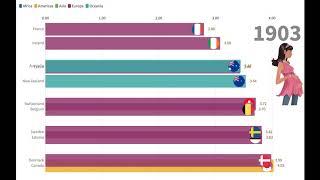

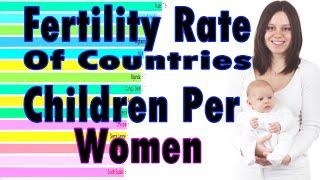
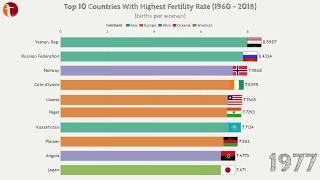
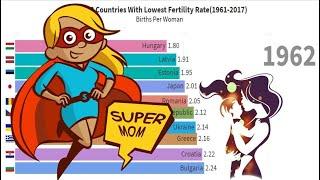
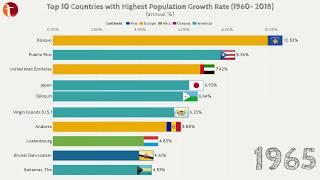
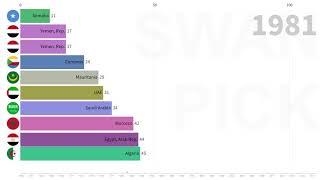
![Highest Population Growth Rate (annual %) [1960 - 2018] of Top 20 Countries](https://no-mar.com/uploads/thumbs/d18653657-1.jpg)

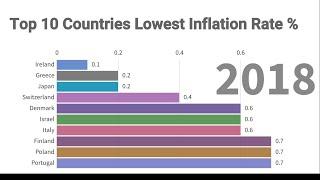

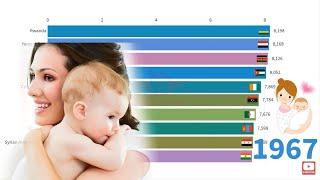
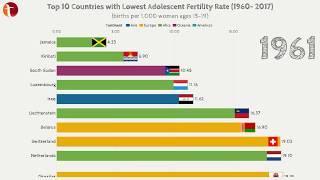

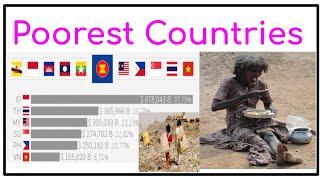





Comments